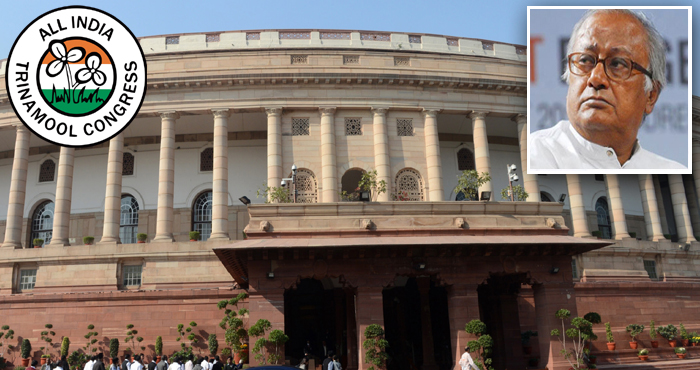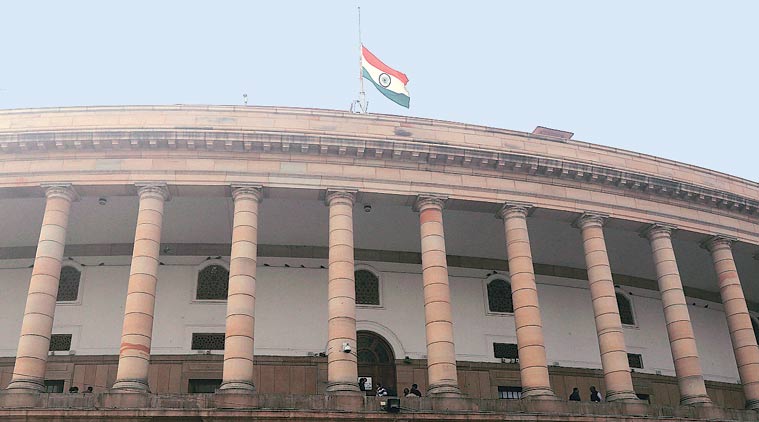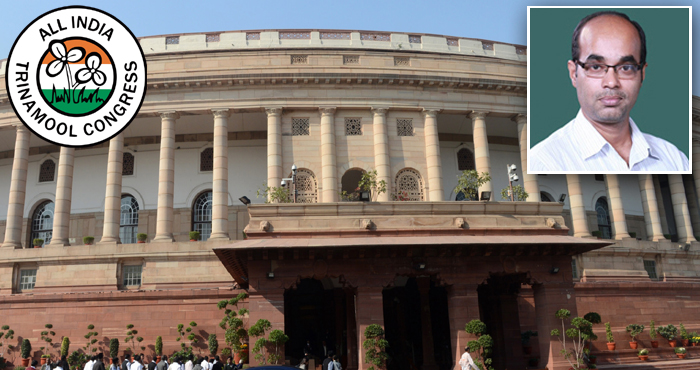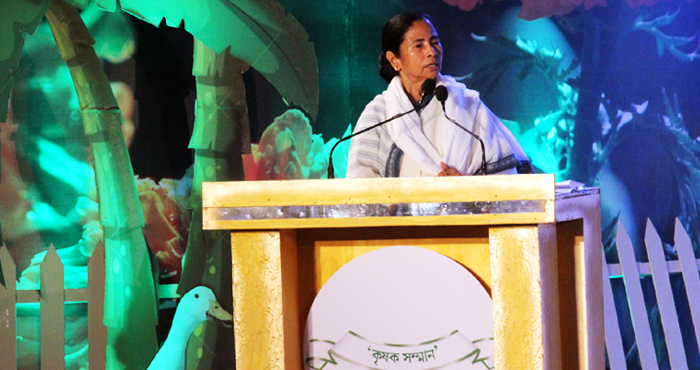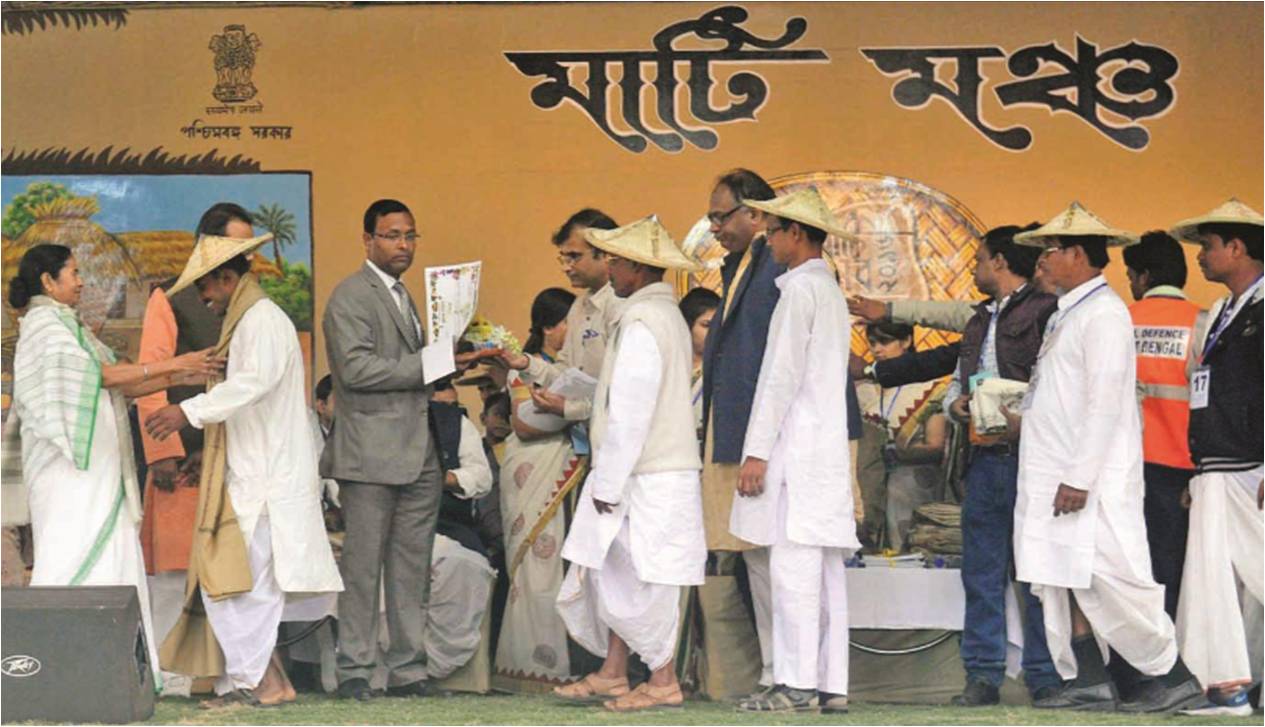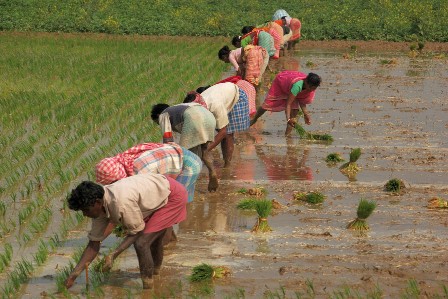FULL TRANSCRIPT
Thank you Sir. This is the third batch of supplementary demands; there are altogether 75 demands and three grants in this. Total Supplementary Demand is roughly Rs 11.34 lakh crore. Out of this Rs 14,000 crore are the actual outgoes of the government. The rest is known as the Actual Supplementary Demands. There is also something known as Technical Supplementary Demands for Grants – that is Rs 11.20 lakh crore – where the change in allocations is made by savings or extra income in the department itself. And thirdly there is a token Supplementary Demands for Grants where Rs 1 lakh is allotted to every department. This year the total Budget is Rs 21 lakh crore. So if Rs 14,000 crore is extra outgo in the former Supplementary Demands, one cannot really quarrel with that. So, we do not oppose the Supplementary Demands for Grants.
Having said that let me make a few points about the economics. I do not think that the victory (of ruling party in recent polls) proves that demonetisation is a very good step. May be the PM is a good salesman; he has sold demonetisation as a thing between rich and the poor. But demonetisation has hobbled our economy permanently.
And if actual figures are placed then you will see that the rate of GDP growth has suffered. India has a peculiar matter in which statistics of GDP growth as given by the government does not seem to be genuine. Till today (of course March is not complete) we do not have the figures of GDP growth for the year 2016-17. Many economists are of the impression that growth rate of GDP should fall to at least 6.5% if not lower. So economy is not as hunky dory as it seems.
Small industries and units have been crushed and millions of artisans and workers have suffered. In Bengal, 81 lakh people have been hit by demonetisation. Who they vote for is not important but the fact is that the economy has suffered. After the Rabi crop comes out we shall know how much we have suffered due to demonetisation.
In Bengal Budget, our Chief Minister Mamata Banerjee has allocated special funds for people who are affected by demonetisation. She has also allocated Rs 100 crore for the farmers hit by demonetisation. Unfortunately, in the Supplementary Demands, there is no scope for compensating any of the people – farmers or, artisans – who have been affected by demonetisation.
Today that farmers’ suicide continues to be a big problem in the country and this number will be more in future. As you know Sir, several States are reeling under drought. Where has the Government granted any extra money for those who are hit by drought? The Government has said that they will double the income of farmers in five years. The rate at which the farmers are committing suicide, I do not think the situation will improve. If you notice, Sir, that in five years, agriculture’s contribution to GDP has fallen whereas a large number of people – almost 75% people – are dependent on agriculture. Agriculture’s contribution to GDP has fallen to 25%. It may fall even more. This agrarian distress has not been covered by the Government.
Sir, the Budget, on which I spoke earlier, has been a series of gimmicks and slogans. You moved the Budget date to February 1, you incorporated the Rail Budget into the General Budget. How does it help the Economy? These are all just technical showpieces. Where has the economy got the muscles? I want to cite some figures about the situation.
The rate of growth, if we say Gross Value Added, in manufacturing for 2015-16, was 9.3%. In 2016-17 it came down to 7.4%.
In construction it was 3.9% (2015-16) and it has fallen to 2.9% (2016-17) in trade, hotel, transport and construction.
Growth rate in service related to broadcasting was 9% (2015-16); it has fallen to 6% (2016-17).
In financial, insurance, real estate and professional services, it was 10.3% (2015-16); it has fallen to 9% (2016-17).
So, in Hamlet, as it was said, “All is not well in the State of Denmark”, I am saying something is rotten in the state of the economy. Not enough is being done to correct that. Throughout the world, when economists see statistics coming from China, they say it is not believable. The way this government is giving statistics, soon we will have a reputation like China – that our statistics are not reliable. This is a problem.
Sir, I understood that they could have taken as much money as they wanted if they only implemented Universal Basic Income, which was an idea proposed in the Economic Survey. They have not given Universal Basic Income. They have given a token increase to MGNREGA. But the condition of the rural masses in India still remain very bad.
I have already mentioned how the rate of growth has fallen. May I mention, where is the investment? They are giving slogans like ‘Make In India’, ‘Stand Up India, Startup India’, ‘Swachh Bharat’ etc. But where is the actual investment in the industry? I want the actual figures (that are never available from the government) of the actual investments in 2016-17. The fact is that industrial investment is not rising; we have only slogans.
Sir, I want to make a point on black money; it is not being recovered. Till today, we do not know how much black money was recovered post demonetisation. We do not even know how much money was deposited in the banks between November 8 and December 31, 2016. We are in the dark. Sir, we do not know how much black money has been recovered from abroad. We do not know if people will get Rs 15 lakh in their bank accounts. This is a black spot in the Indian economy.
Since this is the Supplementary Demand for Grants, there is no mention about the banking sector. The banking sector in India is rotting. Rs 8 lakh crore worth of Non-Performing Assets is there. Was demonetisation done to fill up the coffers of the banks so that they have money to give to big industrialists?
Sir, as I said earlier, nobody opposes Supplementary Demand for Grants. These are money already already spent. So, I support the Supplementary Demand for Grants. But I once again sound a word of caution to the government that all in not well in the economy of India.
Thank you.

